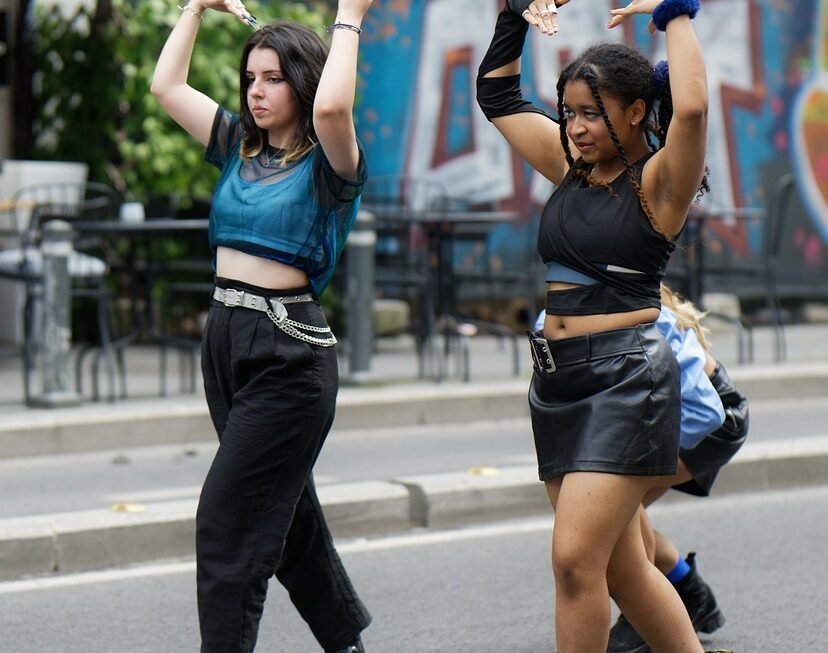Music videos have come a long way since the birth of MTV in the early 1980s. Initially created as a platform for artists to promote their music and reach a wider audience, music videos have since evolved into a powerful medium for artistic expression and storytelling.
In the early days of MTV, music videos were a novel concept that captured the attention of viewers with their visual creativity and innovative storytelling. Artists like Michael Jackson, Madonna, and Prince pushed the boundaries of music videos with elaborate sets, choreography, and special effects. MTV quickly became the go-to destination for music lovers to discover new artists and songs.
As technology advanced, so did music videos. The rise of digital cameras and editing software made it easier for independent artists to create their own music videos and share them online. Platforms like YouTube allowed artists to reach a global audience without the need for a record label or major budget.
In recent years, music videos have become more than just a promotional tool. They have become a vehicle for social commentary, political activism, and cultural representation. Artists like Beyoncé, Kendrick Lamar, and Childish Gambino have used their music videos to address issues like racism, police brutality, and gender inequality.
With the rise of streaming services like Spotify and Apple Music, music videos have become even more important as a way for artists to connect with their fans and stand out in a crowded market. Visual imagery plays a crucial role in shaping the way we perceive and interpret music, and artists are constantly looking for new ways to engage their audience through visual storytelling.
The evolution of music videos from MTV to YouTube represents a shift in the way we consume and interact with music. While MTV revolutionized the music industry by bringing visuals to the forefront, YouTube has democratized the creation and distribution of music videos, giving artists the freedom to experiment and innovate.
As technology continues to evolve, it’s safe to say that the future of music videos is bright. With virtual reality, augmented reality, and 360-degree video technology on the horizon, artists will have even more tools at their disposal to create immersive and interactive music experiences for their fans.
In conclusion, the evolution of music videos has been a fascinating journey from the music television era of MTV to the digital age of YouTube. With each new advancement in technology, music videos have continued to push boundaries and challenge conventions, making them an essential part of the music industry and a vital form of artistic expression.




